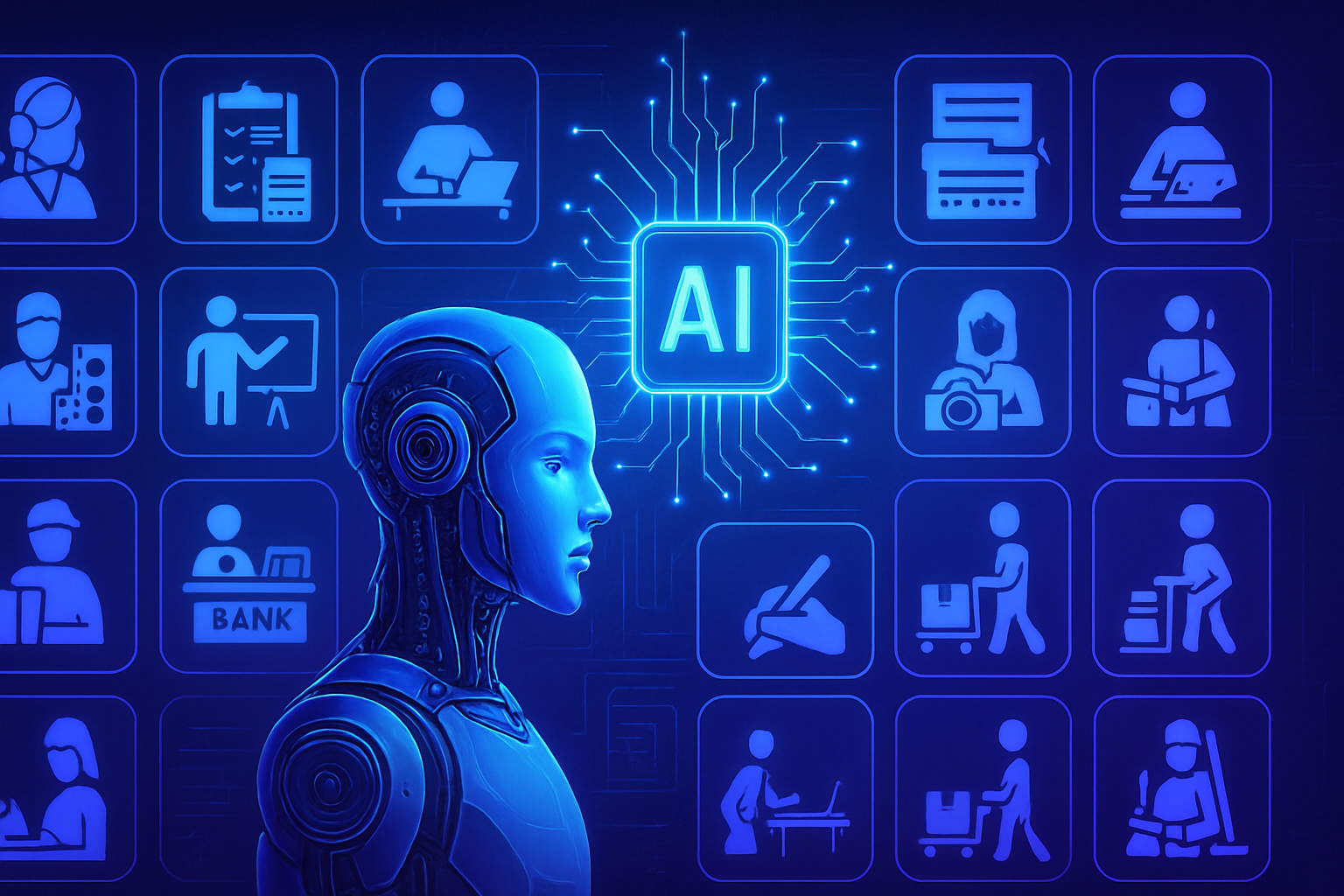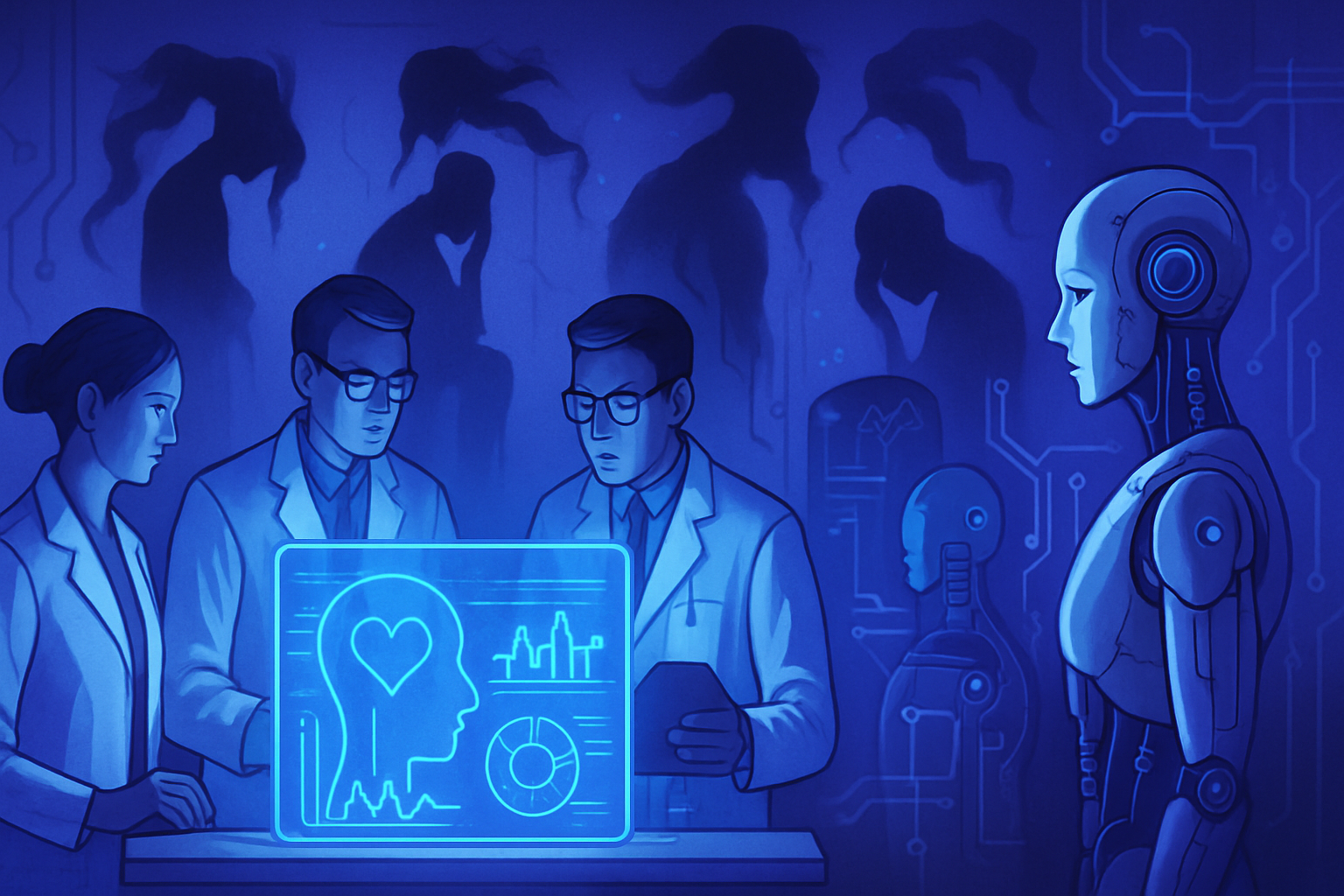The rapid ascent of AI transforms our understanding of language. Contemporary systems display astonishing linguistic skills, almost rivaling human intelligibility. The shift from position to meaning signals a cognitive revolution. Recent research reveals the internal mechanisms behind this evolution. An abrupt transition occurs in neural networks. Initially, these prioritize the position of words; however, they then adopt a meaning-based approach. Understanding this dynamic becomes fundamental to optimizing the use of AI models.
Linguistic capabilities of artificial intelligence systems
Contemporary artificial intelligence systems exhibit astonishing linguistic capabilities. Thanks to advanced architectures like transformers, these systems can engage in natural conversations with a fluidity close to that of a human being. Despite this feat, the internal mechanisms behind these performances remain largely an enigma.
Transition between positional and semantic learning
A recent study titled A Phase Transition between Positional and Semantic Learning in a Solvable Model of Dot-Product Attention was published in the Journal of Statistical Mechanics: Theory and Experiment. This research offers valuable insights into the learning dynamics of neural networks. Using limited amounts of data for training, the networks initially rely on the position of words in a sentence.
As the network accesses more data, a transition occurs towards a new approach focused on the meaning of words. This transition is abrupt, occurring once a critical threshold of data is crossed, a dynamic comparable to phase transitions observed in physical systems.
Evolution of the neural network and attention model
Similar to a child learning to read, a neural network begins by grasping sentences based on the arrangement of words. Through this structure, the network deduces relationships between words, whether they are subjects, verbs, or objects. As learning progresses, a change manifests: the meaning of words becomes the primary source of information.
This phenomenon fits within the attention model, a cornerstone of contemporary transformer language models such as ChatGPT and Gemini. Transformers, by their design, process sequences of data like texts. They specialize in understanding relationships within these sequences by using an attention mechanism to evaluate the importance of each word concerning the others.
Strategies for assessing linguistic relationships
Hugo Cui, a postdoctoral researcher at Harvard University and the lead author of the study, explains that to assess relationships between words, the network adopts two strategies. The first exploits the position of words. In English, for example, the subject generally precedes the verb, followed by the object. This dynamic illustrates how sentences such as “Mary eats the apple” exemplify this sequence.
If training continues, an emerging strategy involves relying on meaning. This research revealed that when the network receives sufficient data, it reaches a tipping point where it begins to rely solely on meaning rather than position.
Theoretical interpretation of the phase transition
This transition illustrates a phase of change, borrowed from concepts in statistical physics. The neural networks that underlie these AI systems consist of a large number of nodes or neurons, each connected to others. The intelligence of the system emerges from the interactions between these neurons, a phenomenon that can be described using statistical methods.
The abrupt transition in the network’s behavior can be compared, for example, to water changing state. Under certain conditions of temperature and pressure, this shift from liquid to gas state constitutes a relevant analogy. Understanding this theoretical dynamic proves useful for grasping the conditions that lead to the stabilization of a model on a given strategy.
Implications for future research
The networks studied, while simplified compared to the complex models used daily, provide clues on how to make the use of neural networks more efficient and safer. Gaining theoretical knowledge about these transitions could enhance the performance of artificial intelligence models in the future.
Additional information
For further developments in the field of artificial intelligence, check related articles covering fascinating advances such as a robotic hand, the technological tango of 2025, the role of a tech and AI program manager, and insights from leaders like Bernie Sanders on authentic love.
Practical issues are also emerging in recent applications like WhatsApp and artificial intelligence, allowing for the management of unread messages.
Questions and answers regarding AI’s reading learning
How do neural networks learn to understand the meaning of words?
Neural networks begin by analyzing the position of words in a sentence. With enough data, they then transition to a meaning-based understanding of words, thereby detecting their relationships and significances.
What is a phase transition in language model learning?
A phase transition occurs when the model abruptly changes learning strategies, shifting from dependence on the positions of words to a meaning-based understanding once a certain threshold of data is crossed.
Why is it important for AIs to learn from meaning rather than just from word positions?
Understanding the meaning of words enables AIs to interact more naturally and contextually, making conversations smoother and more relevant to user expectations.
How do transformer models contribute to AI’s language learning?
Transformer models utilize a self-attention mechanism that allows them to assess the importance of each word in the overall context of the sentence, thus facilitating a deeper and more nuanced understanding of the text.
What are the implications of this research for the future of AI in natural language processing?
This research provides leads for optimizing the use of neural networks and enhancing their effectiveness and safety when learning languages and communicating with humans.
What strategies do neural networks employ at the beginning of their training?
At the start of their training, neural networks primarily rely on word positions to establish grammatical relationships before evolving towards semantic understanding as they receive more data.
Do all AI models follow the same learning pattern?
While many models share similar underlying principles, the specifics of their training and architecture can vary, thus influencing how they interpret and learn language.
How does the amount of data affect AI learning?
A sufficient amount of data is crucial for models to transition from position-based learning to meaning-based learning, significantly improving their performance in natural language processing tasks.






